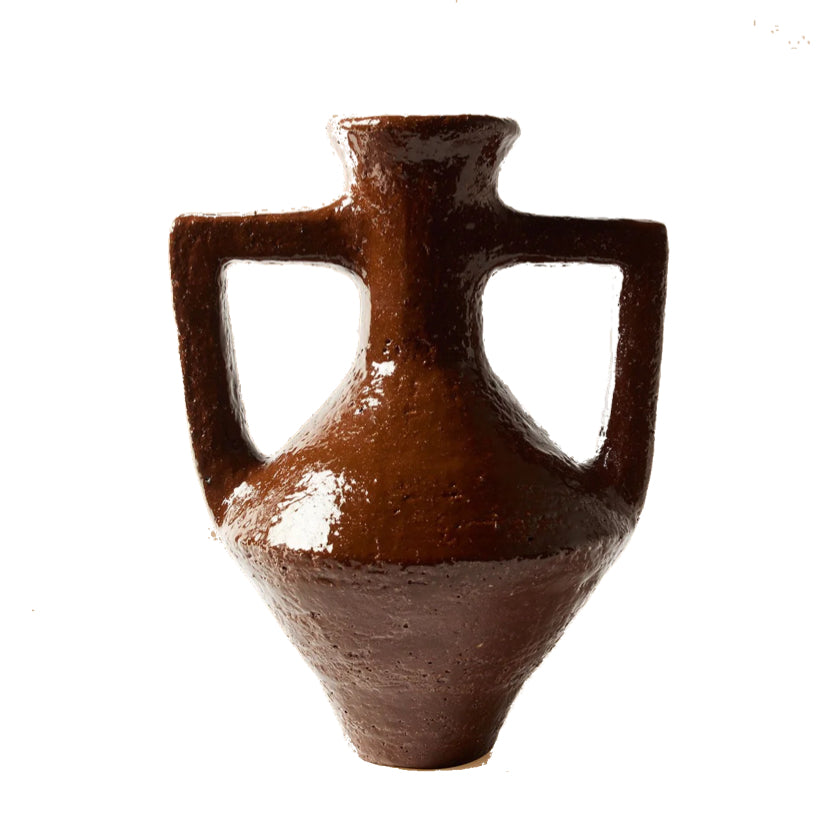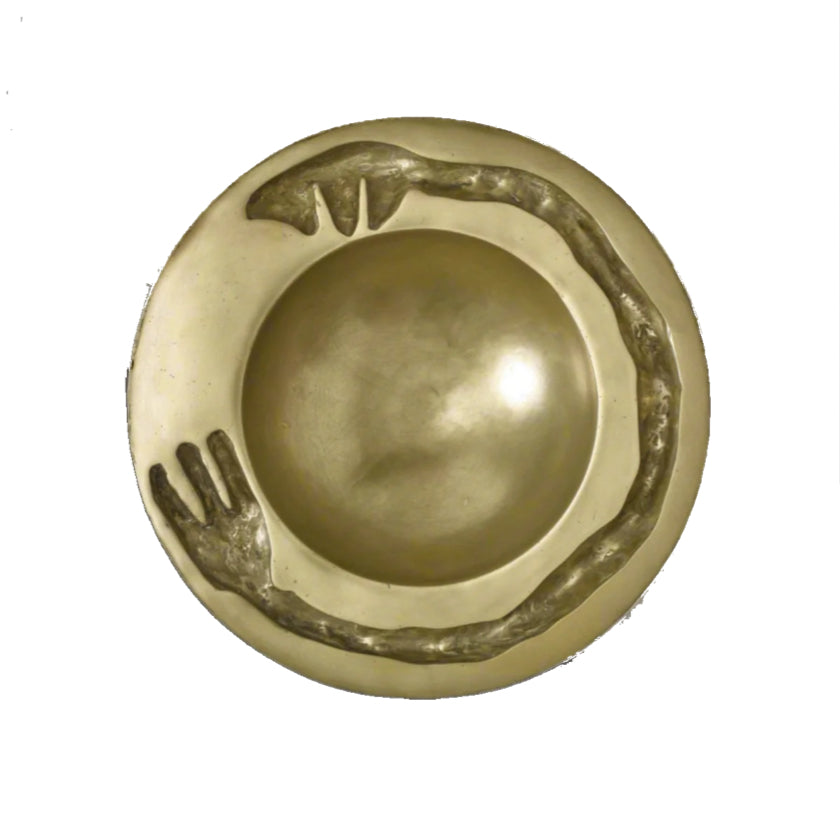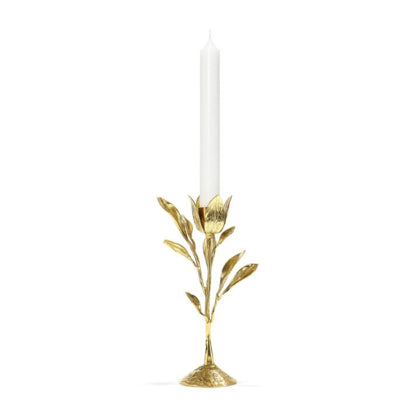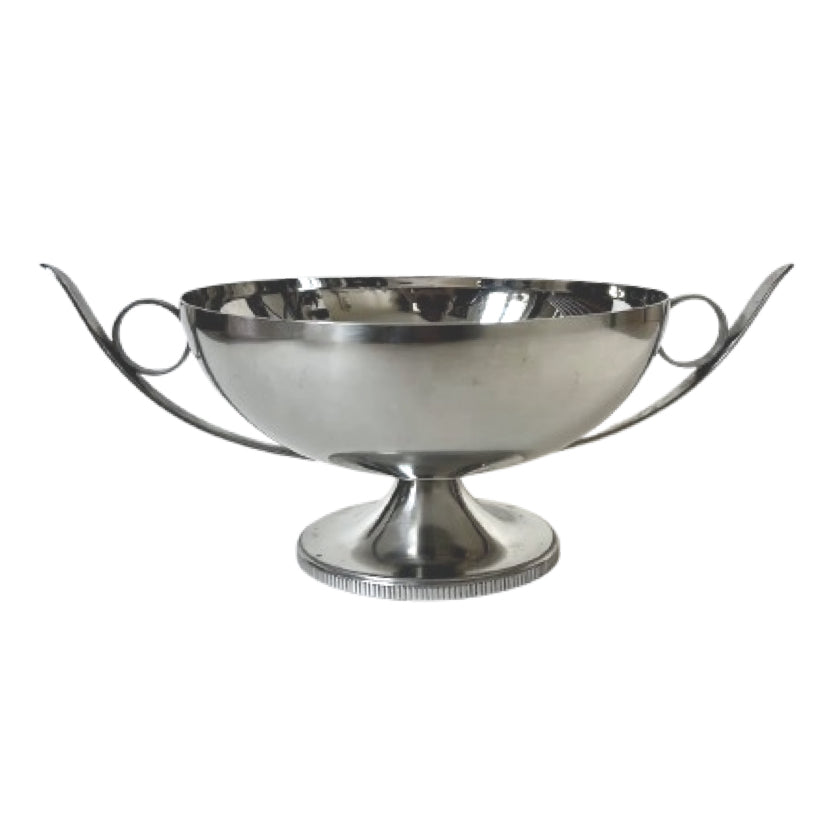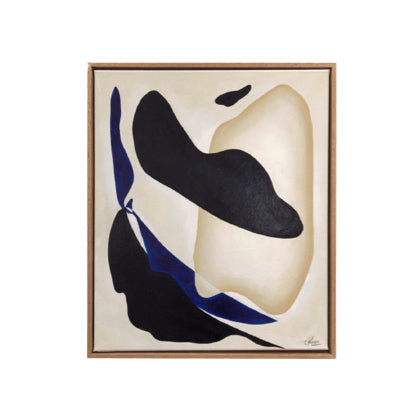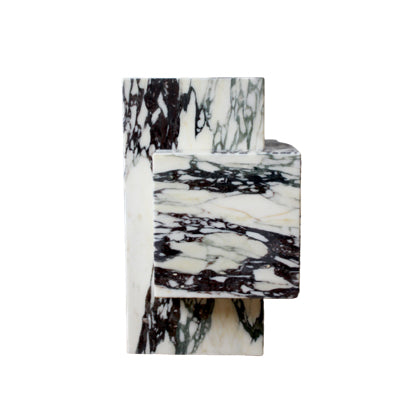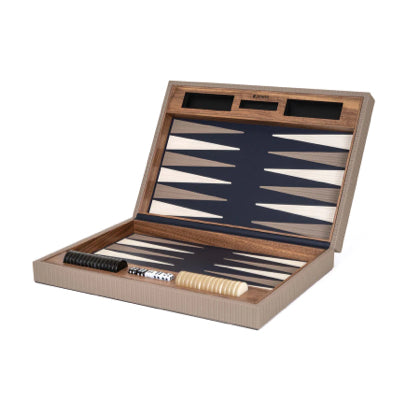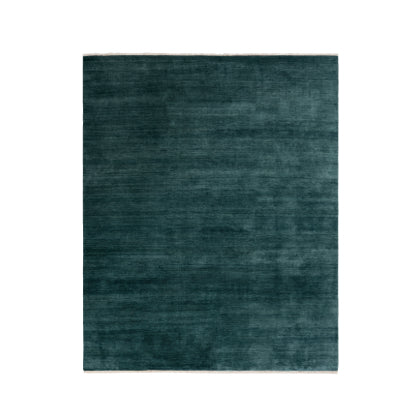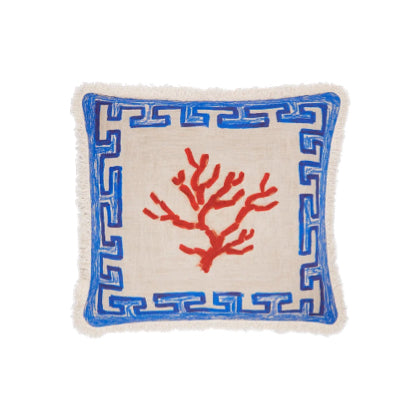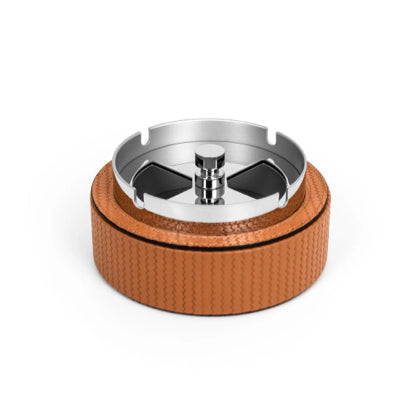Bauhaus
Understanding the Philosophy Behind Bauhaus Design
By focusing on well-designed, functional items, we aim to inspire a modern lifestyle that honors the historical significance while adapting to contemporary needs, much like the essence of modern home decor.
Our selection is meticulously chosen to highlight the interplay of form and function that is synonymous with the Bauhaus ethos. The furniture, textiles, and decorative objects within this collection not only serve their intended use but also invite the viewer to appreciate their design elegance. This philosophy encourages an appreciation for the everyday objects surrounding us, transforming them into pieces of art that elevate our living spaces.
Moreover, the Bauhaus movement's emphasis on minimalism and geometric shapes is reflected in our curated items. Each piece tells a story of innovation and creativity, reminding us that beauty can be found in simplicity. By focusing on well-designed, functional items, we aim to inspire a modern lifestyle that honors the historical significance while adapting to contemporary needs.
At the intersection of art and industrialization, design has played a pivotal role in shaping modern aesthetics and functionality. The movement that emerged in the early 20th century sought to marry form with utility, emphasizing simplicity and practicality. This period marked a departure from ornate styles, focusing instead on clean lines and geometric shapes that resonate with today’s minimalist sensibilities. Furniture and architecture from this era not only showcased the beauty of materials but also highlighted the importance of creating spaces that catered to human needs. This design philosophy laid the groundwork for contemporary practices, influencing everything from urban planning to product design.
The cultural significance of design during this transformative period cannot be understated. As societies evolved, so did the understanding of how the environments we inhabit affect our daily lives. The integration of design into everyday objects encouraged a shift in thinking about aesthetics and usability, allowing for a more democratic approach to art and functionality. This approach invited everyone to appreciate well-crafted items, regardless of their socioeconomic status, fostering a sense of shared experience and accessibility. The ripple effects of these principles are still felt in modern design education and practices, ensuring that the legacy continues to inspire future generations.
The essence of modern architecture can be traced through its focus on simplicity and functionality. Architects have long prioritized clean lines and an open design, which often reflects the principles of form following function. This approach not only enhances the aesthetic appeal of a space but also encourages a harmonious interaction between the inhabitants and their surroundings. Integrating this architectural philosophy into your home can create a tranquil environment that promotes creativity and well-being.
When incorporating modern architectural elements into your living space, consider furniture that complements the overall design. Opt for pieces that feature geometric shapes and neutral colors, which resonate with the architectural style. Additionally, the use of natural materials such as wood and metal can enhance the quality of your space, grounding it in nature while maintaining a contemporary feel. Lighting also plays a crucial role; choose fixtures that highlight architectural features, drawing attention to the elegant lines and forms present in your home.

